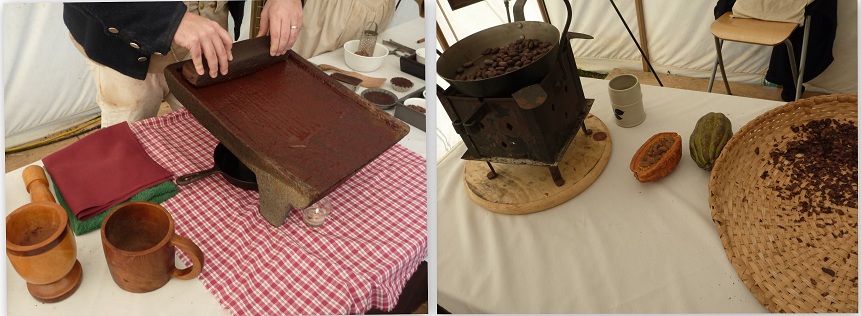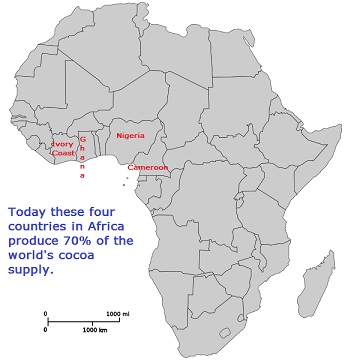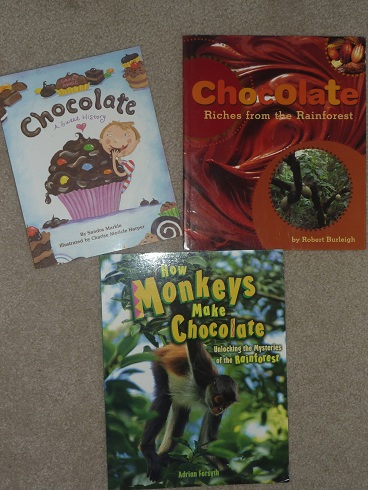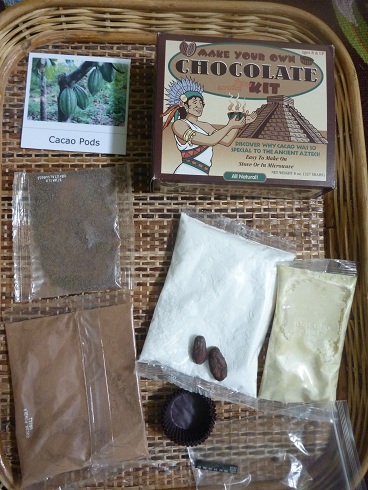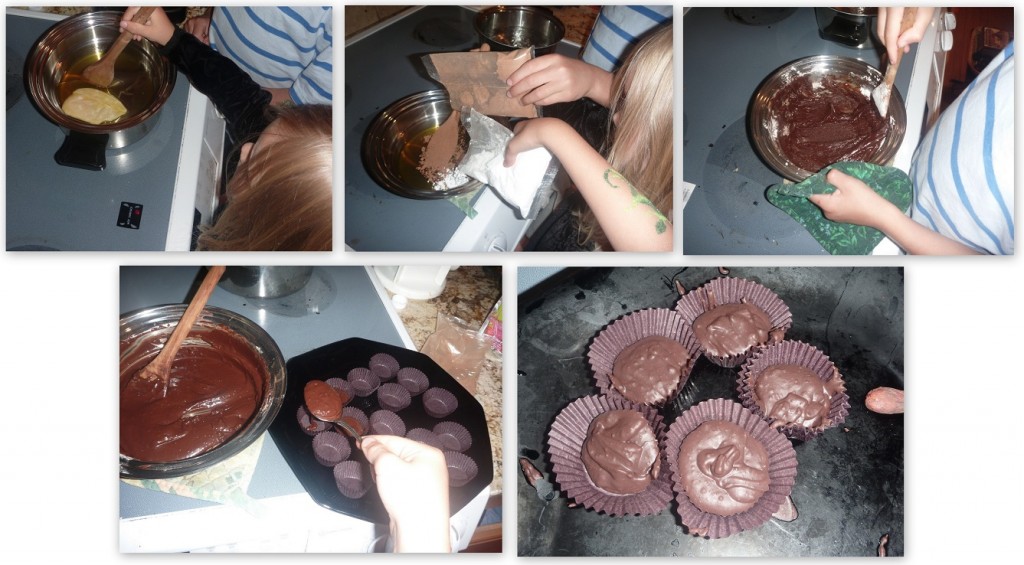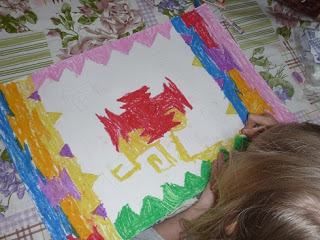The History of Chocolate from the Mayans and Aztecs… to Today!
Did you know that more than $90 billion a year is spent on chocolate around the world? On Valentine’s American spend around $700 million on chocolate! These numbers are expected to grow as the population increases and the number of people in the developing world who can afford chocolate increases.
Part of our study of the Mayans and Aztecs was to learn a bit more about the history of chocolate. Here’s a bit of background:
*We know that the Olmecs, Mayans and Aztecs all consumed chocolate. The earliest record of humans consuming chocolate is from about 1,500 years ago. We know from Mayan art that they consumed chocolate, even using it in their religious ceremonies. The Aztecs (1200 A.D.) also consumed chocolate, though they traded for cacao seeds rather than growing the trees themselves. In time the cacao seeds became a kind of money. People paid for many goods with cacao seeds. A turkey egg cost 3 beans; a feather cape cost 1,000 beans. Money really did grow on trees!
*Montezuma is said to have drunk more than 50 cups of chocolate a day!
*The Spanish Prince Philip added sugar cane to chocolate — for sweetened chocolate. The Spanish guarded the secret of chocolate for nearly 100 years before other European countries discovered chocolate.
*By the 1700s cacao and sugar were major crops. Slaves were captured and sent to work on sugar and cacao plantations by the hundreds of thousands.
*During the time of George Washington chocolate was most often enjoyed as a beverage. We got to see the chocolate-making process in a living history display when we took a trip down to Mt. Vernon last December.
*The first solid chocolate candy appeared in England in 1847.
*In the 1890s Milton Hershey began to bring chocolate to the American public in a large-scale way.
*Today the Ivory Coast, Ghana, Nigeria and Cameroon produce 70% of the world’s cocoa supply.
*The coca tree is very susceptible to pests and fungal infections. In 1988 one region in Brazil saw its production fall by 80% when the fungal disease, witch’s broom, was found in the area. Another even more devastating disease, pod rot, threatens trees in Latin America and Brazil. Experts worry what would happen if these diseases were spread to West Africa. West Africa has faced threats from the cocoa swollen shoot virus and plants in Southeast Asia are under threat from a moth called the cocoa pod borer. Because of the limited genetic variation, the cacao trees have little natural resilience to pests and disease. Climate change also appears to be affecting growing conditions. [For more on this, see Scientific American’s Feb. 2012 article, “The Future of Chocolate.”]
This past week, we started by reading a couple of books about the history of chocolate. I read Chocolate: Riches from the Rainforest (affiliate link) aloud to the kids. The kids really loved Smart About Chocolate: A Sweet History (affiliate link) (They read it themselves) and kept reciting facts they had learned from it aloud. We never got to the third book.
Finally, finally the moment arrived when we opened the Make Your Own Chocolate Kit,8oz (affiliate link)
LD (my 8 year old) did the entire process himself with a bit of help from ED. We decided to use a double boiler. He melted the cocoa butter, added the powders, stirred, watched the clock til it all cooled and spooned the mixture into the paper cups. The kit made about 15 chocolates (which were delicious) but I only remembered to take a picture when five were left!!
There are a number of Chocolate Unit Studies and Lapbooks out there if you are interested. For example, I’ve heard good things about the free chocolate unit study at Homeschool Share. We didn’t do any lapbook work this past week, but I wanted to be sure to mention it in case you wanted to add that into your studies! That unit has things like chocolate math, chocolate fractions, chocolate adjectives and more. Yum!
Be sure to come visit us over at our Homeschool Den Facebook Page!
I hope you have a great weekend! ~Liesl
Disclosure: Please note that some of the links above are affiliate links, and at no additional cost to you, I will earn a commission if you decide to make a purchase.
